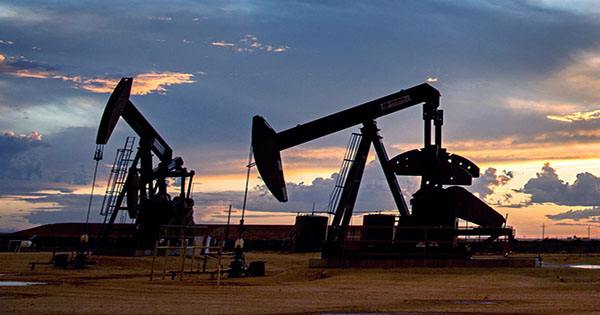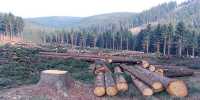An aerial survey has shed light on one of the most important questions in atmospheric science; how much methane leaked during oil and gas extraction? Most sites leak very small amounts but a few “super-emitters” release horrible amounts of gas. On the plus side, it should be easier to plug in a small number of leak wells than to deal with a large number that is not too bad.
First, responsible agencies need to take care of. The concentration of methane in the atmosphere has been rising rapidly since 2005 after a decade of obesity. Since methane is the second largest global warming gas, this is very bad news. Worryingly, we know very little about why – there are so many methane sources and dips in the world that it has become a challenge to implement which is responsible for the recent growth. The Permian Basin is a good place to start. The basin is “the largest and fastest growing oil and gas producing region in the United States,” according to a study published in the Environmental Science and Technology Letter.
If the fossil fuel industry does not say melting permafrost is an immediate problem, Permian is likely to show it. With production quadrupling in the region between 2014 and 2019, methane control is becoming urgent. Dr. Daniel Cusworth of NASA’s Jet Propulsion Laboratory conducted high-frequency air samples across the Permian region of Texas and most of New Mexico in late 2019 to identify the source of methane plumes. In a small part of the basin, 3,067 plums identified. Some of these proved transient, but 123, which showed over time, were responsible for 29 percent of all emissions.
Half of this is from oil and gas production, the rest from transmission and processing. Another 258 intermediate sources accounted for 23 percent. The leak was much larger than previous studies in other American oil and gas regions, with 36 per cent of Permian plumes releasing 500 grams (1.1 pounds) of methane per hour into the atmosphere. More importantly, however, “super-emitters” published at least 20 times.















